Nua Mahulia – this word which has strange rhyming resemblance with the word Oumuamua* is not any interstellar object. Nor is it any Greek or Latin word for a legal term. It is the name of my native village. The theme of this present series of blogs being mera gaon mera desh, a post about mera gaon in literal sense was long in the offing. Of course I have given glimpses of my village life in some of my earlier posts and my books.
In our primary class text book we had a romanticised poem about villages. It started like this:
Small is my village. You may not find it mentioned in geography or any other book but .....
Surprisingly even after more than four decades the situation has not improved much. In this age of Google maps too it does not find a proper mention. When you google for it a different place is shown. As a saving grace the nearby temple of the village deity is marked correctly. I have sent a request for correction, and hope they correct it after the Covid crisis is over.
My village does fit the romanticized description of an ideal Odisha village as described in the poem. It is small. Just forty odd houses aligned on both sides of the village road that runs from east to west. You will find this pattern in almost all villages of our area.
To the east end of our village are four ponds – one of which is used exclusively for taking bath and swimming. The big banyan tree with its hanging roots enticed the hidden Tarzan in each of us. There used to be extensive sessions of swimming, somersault and other water sports in the mornings and afternoons during spring and early summer before the pond almost dried up in peak summer. Beyond this three pond there is our neighboring village Shradhapura.
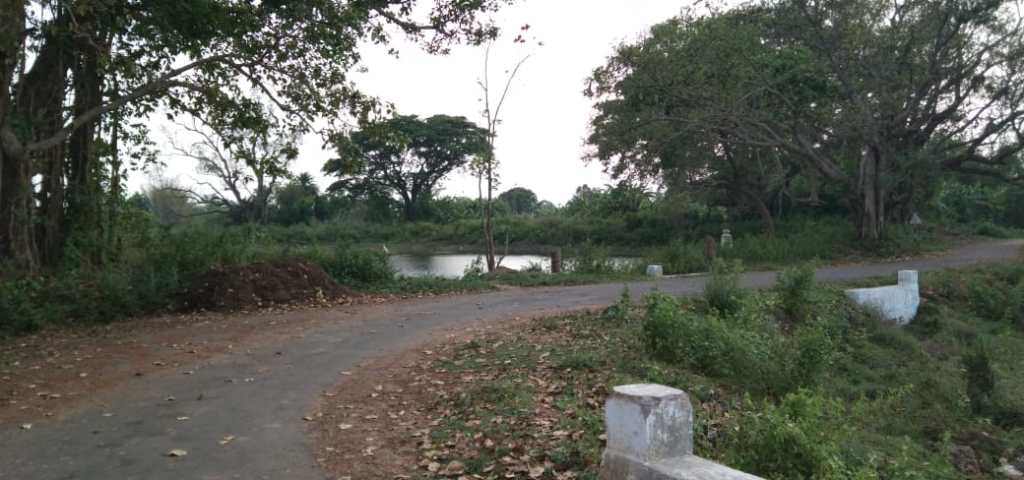
During the peak summer when the pond dried up our evening adda shifted to the small river at about a furlong’s distance from the west end. The river was also dry but you could get crystal clear water just by digging two or three feet on its river bed. Sitting with our friends on the river sand we used to gossip for hours till we felt it was time to go home to avoid being scolded.
When the river had water, occasionally we tried our hands in river fishing. It was trying our hands in literal sense. In shallow waters around small islands inside the river you have to put your hands inside the holes to catch these mid sized fish. You had the options of angling. But it was too boring.

To the south there is hillock with a Shiva temple on its top, and beyond this hillock on the other side is another neighboring village Kantadora. Between this hillock and our village is the village school with classes up to eighth standard. I studied up to class three and again sixth and seventh here. Our neighbouring villages Shradhapur and Kantadora too are dependent on this school.
Rice fields start from the backyards of the northern flank of houses and extend for about one and half kms till they meet a huge mango grove in north – north west and a big set of hillocks in North – north east. There are two Shiva temples at foothills of these hillocks. One of them was buried deep in mud and was excavated about thirty five back. It is assumed that the temple was originally constructed in the twelfth century.
In fact there are two mango groves. The one near our village is the small mango grove (chhota amba tota) and the one little farther is the big mango grove. The small grove houses our grama thakurani – the village protective deity. There is no single owner of these mango groves. Each tree has its owner and each tree is unique. One is suitable for only to be eaten raw, another when it is fully ripe, another only suitable for pickles and so on.
Even though the mango groves are not fenced off, the unwritten rule is that without the permission of the owner you cannot pick mangoes from the trees. But if a mango has fallen on the ground anyone can lay claim to it. So, after a storm it was fun to run to the groves and compete with others in collecting fallen mangoes.
The mango chowkidar and the climbers who collected mangoes were paid in kind (a portion of mangoes of the same tree). Some of my friends were already experts in climbing trees. The truth was that I was a backbencher when it came to climbing trees, making somersaults, catching fish etc. I was jealous of those who could climb up to the top of the mango tree or made multiple somersaults from a pole in the middle of our pond without any hesitation. In turn perhaps they were jealous of me in school. But I enjoyed being with such friends and was happy to play second fiddle to them. It is worth noting that our gang did not strictly consist of boys of my age.
In spite of the lure of the mangoes, we spent more time in these groves during the non-mango season when there would be no chowkidar to shoo us away the moment he spotted us. Moreover, during mango season the grove is a kumbhmela for all types of irritating insects. In winter, when the fields were full of fresh vegatables a get together in one of these groves was a regular weekend affair.
Everything was not romantic about the village. It was only about a decade back that a bridge was constructed over this river and now there is a pucca road connecting our village with the nearby town of Bhanjanagar (7-8kms). Those days one had to cross two rivers to reach this nearest town. There was no pucca road and during rainy days when the rivers flooded and the kuchcha roads became muddy, the village almost became cut off from the outside world.
Most of the houses including ours was made of mud walls and thatched roof. It provided the much needed relief from summer heat when prior to the seventies there was no electricity first then when it came it was highly erratic. But there was always the danger of fire and as there was no gap between houses sometimes in our area during summer entire villages used to be gutted down.
Of course now to have a thatched house with mud walls would be a costly luxury. Many of the things which were part of our daily life too would be costly luxuries if you are in a city.
Now the nearby village of Golapada (2-3 kms) has a High School. But those days village boys had to walk or pedal the distance upto Bhanjanagar for High School and college education. The truth was that many were not able to afford even a bicycle.
Thanks to my elder brother I was spared from such ordeals as he was already a teacher in Bellaguntha High School. I stayed with him and studied in Bellaguntha High School for some time. Subsequently when I got a scholarship which stipulated that to be eligible for the full benefit one has stay in the hostel of a designated High School. Thus I became a boarder at Upendra Bhanja High School, Bhanjanagar.
But during vacations it was back to village again. Of course my friend circle had dwindled. Many of our erstwhile gang members had left the village either for education or for employment. I developed companionship with Devendra Mishra who is actually four to five years elder to me. Now he is principal of a school in our district. Those days his family owned a radio and I spent a lot of time with him listening to BBC or Vividh Bharati (Binaka Geetmala, Jayamala). Other pastimes of this period included climbing or strolling around the hillocks in the north side and doing yoga on the river sand.
My father Rama Chandra Dash had a younger brother Narasingha Nath and two cousin brothers Lokanatha and Dandapani. All the four houses were decadent to one other and we were eleven brothers and almost equal number of sisters. We were a gang on to ourselves. The families were partitioned but the children had the liberty to eat anywhere and sleep anywhere. Now out of the eleven, only the family of one of us stays in the village. Similar is the case with many old families. Some of them don’t stay in the village even though they still have their houses. Some have sold their houses. After father, none of us took care of our ancestor home. Apart from the memories, the vacant plot is the only thing that connects me with the village.
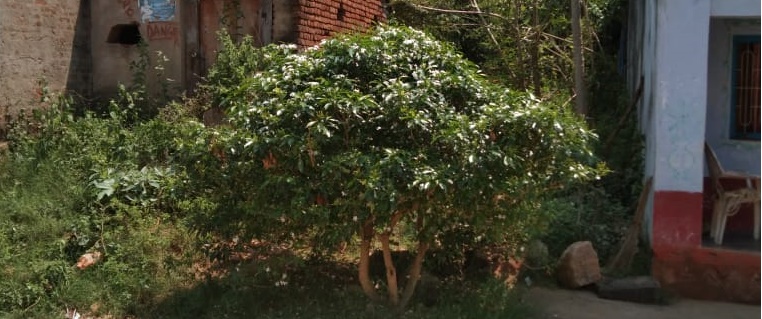
Perhaps, change in the composition of people is the only major change that has happened to the village. Of course it is now well connected with the nearby towns and villages. While cities like Bengaluru must have expanded 5000 times in last fifty years, our village size has hardly increased even by five inches.
These three Gouda brothers, who used to be our neighbors, have chosen not to forsake their village. Even though they are brothers, they seem to represent three generations. The photos of this post has been taken by Abhisek, the son of the youngest one. I had a plan to write an exclusive blog post about my native village long before this AtoZ challenge series. But I wanted to do it after doing an exclusive photographic tour of my area. However, having chosen this theme mera gaon mera desh, I found no point in postponing it.
Apart from the Thakurani utsav about which I have mentioned in an earlier post, the month of Kartik used to be full of community celebrations. Both in the months of Kartik and Chaitra the Kirtan group goes around the village singing and chanting ‘Hare Krishna … ‘ in accompaniment to mridangam and cymbals. From time to time the village played host to many local folk and traditional performances like danda nacha, pala, dashakathia, duari nacha, raja nataka etc.
Here are some more photos of my obscure and childhood utopian village and its villagers:
In spite of all those difficulties, those days spent in Nua Mahulia continue to be some of the fondest memories. Not just in rhyming, there may be more resemblance of our village with Oumuamua. A thorough city bred may feel he is in another planetary body after spending a month in our village.
(*By the way for an interesting literary journey with Oumuamua, visit this blog post at uspandey.com)
Image courtesy: Abhisek
PS : This is alphabet N post of my April A to Z challenge 2020. My theme this year is ‘Mera Gaon Mera Desh’ where in I explore various facets of India and also some places and events of India I have been closely associated with.
All posts of the AtoZChallenge can be accessed here.
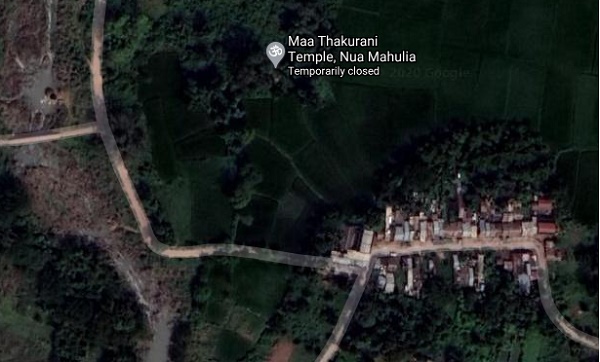
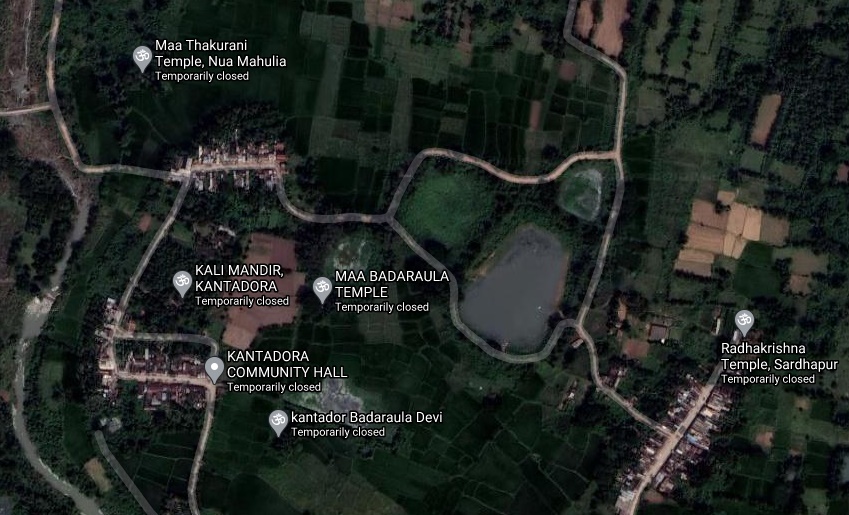
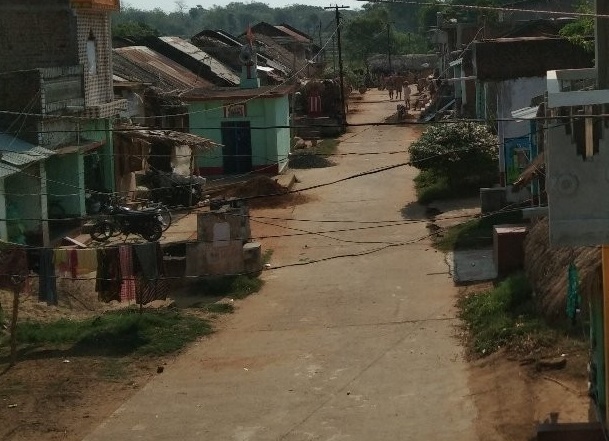




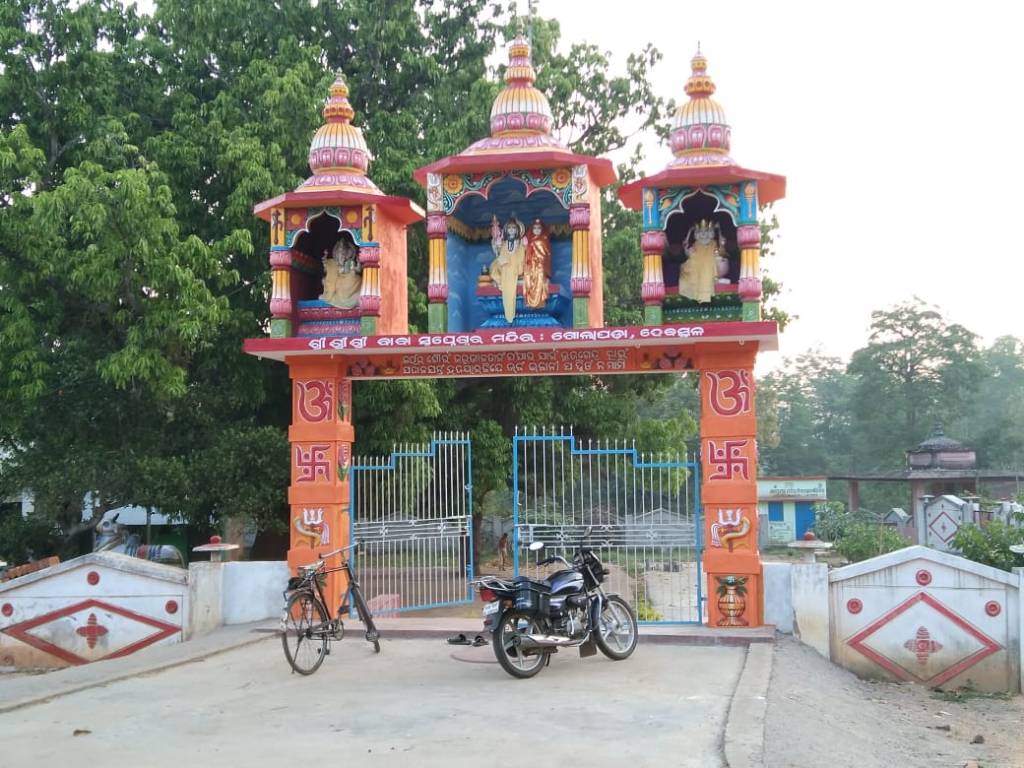
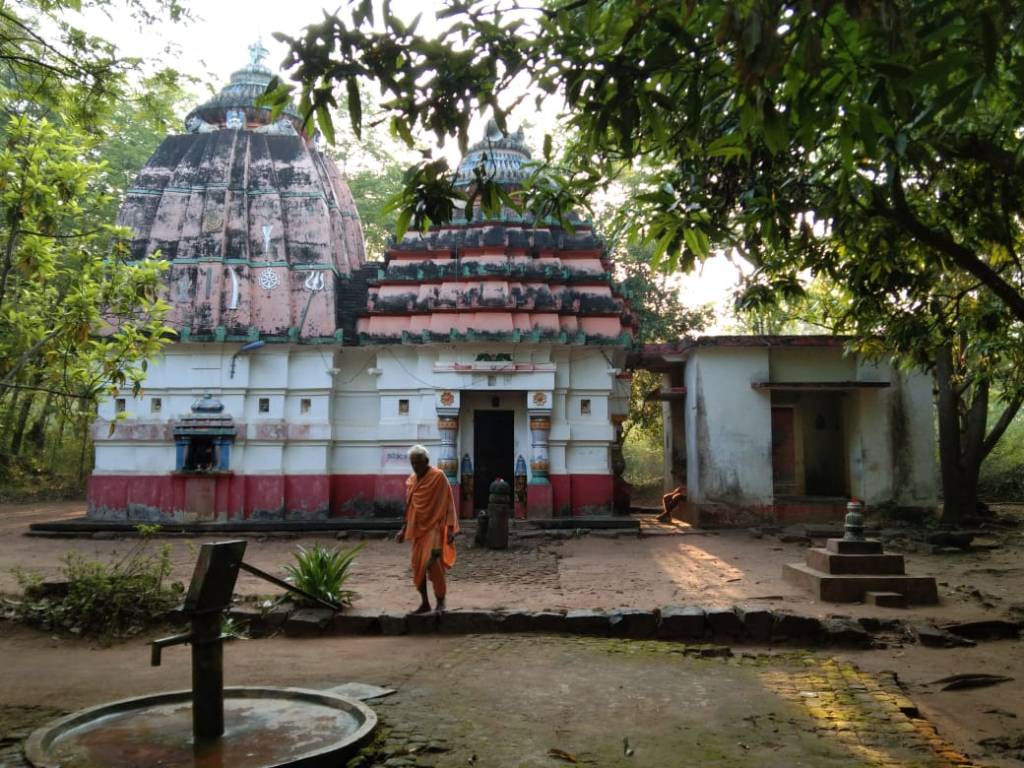
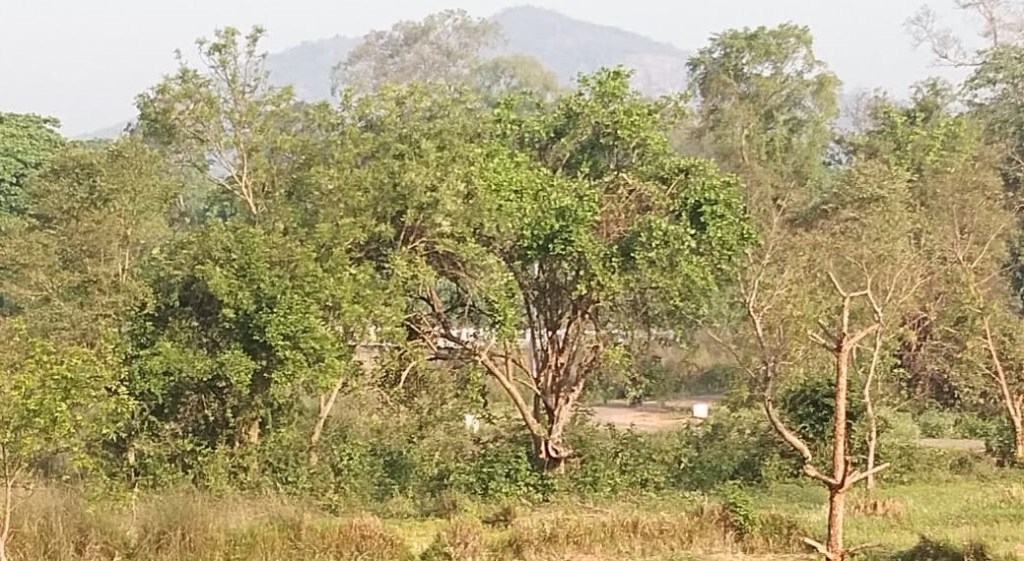
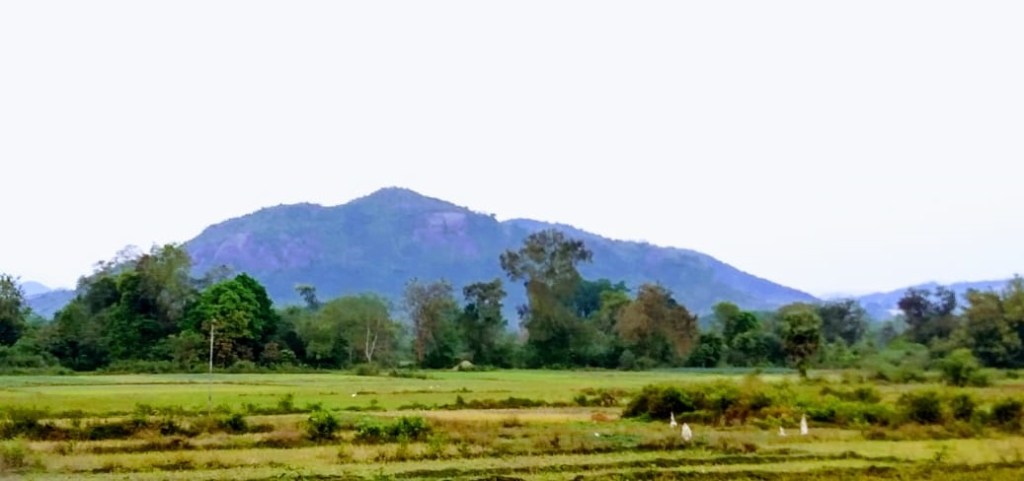

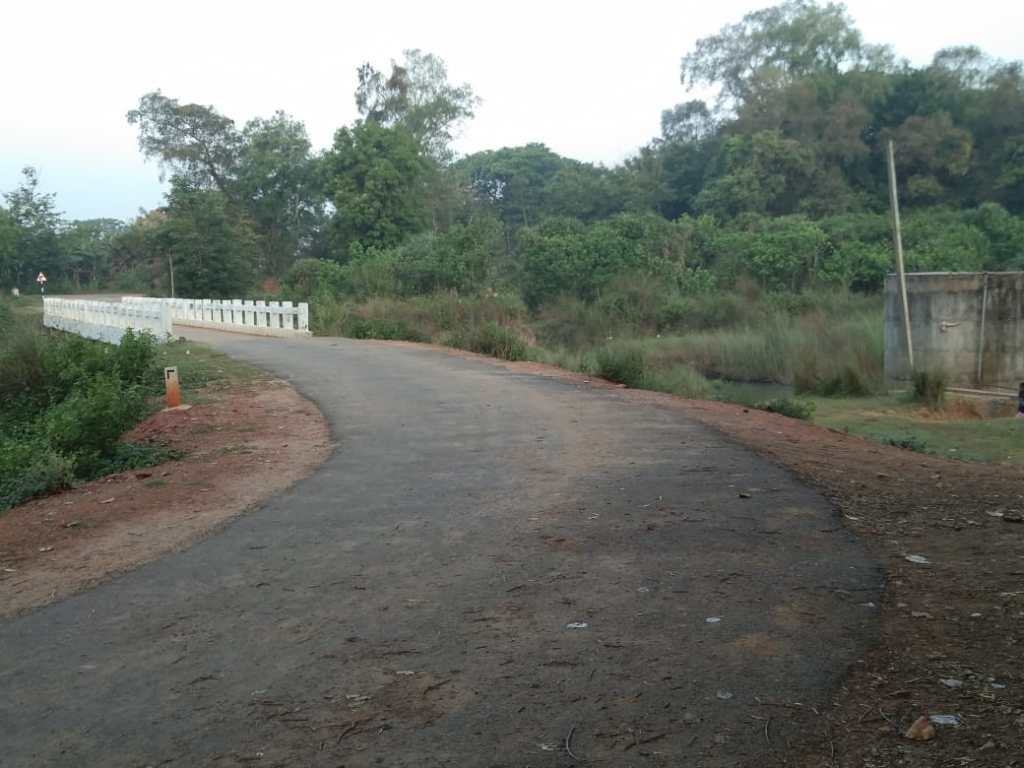
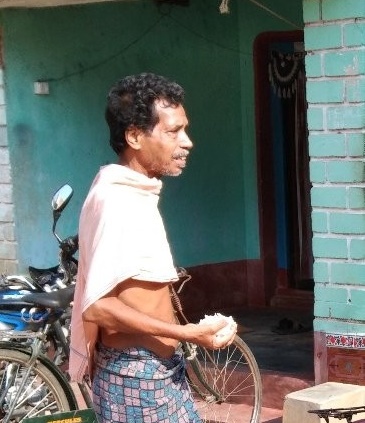

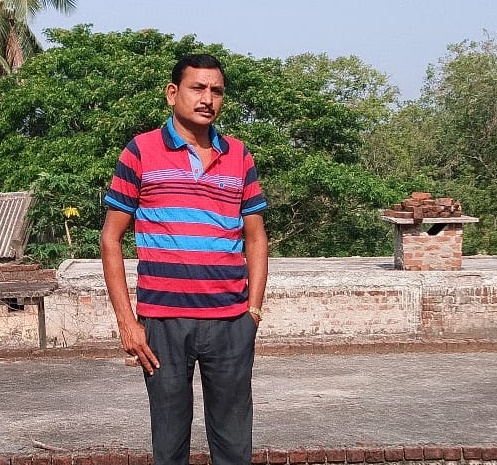
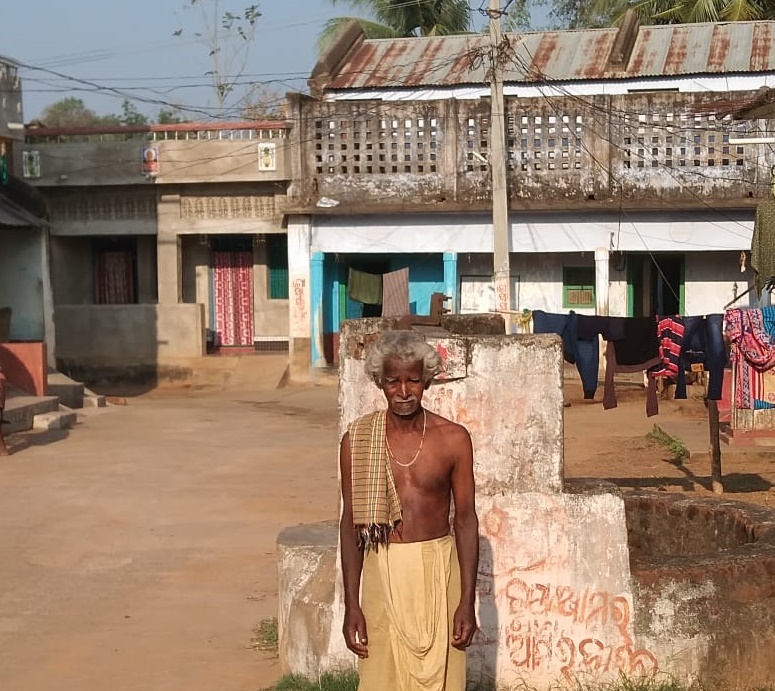

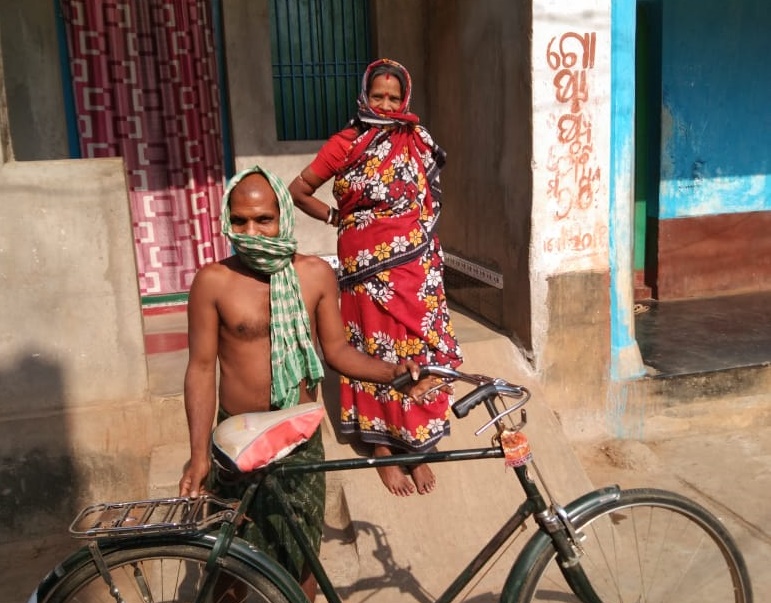
A nice virtual tour of your village. Most families live separate and far apart today. It must’ve been nice to have all the relatives close by. And your village has an interesting name. Hope it finds its way to Google maps soon!
LikeLiked by 1 person
Nua is odia for new. Mahulia is a combination of two words mahu (honey) + lia (rice puff). There is another Mahulia on the other side of the village). I am yet to trace what have honey and rice puff to do with our village. The word nua distinguishes our village from another Mahulia which is on the other side of the river.
LikeLiked by 1 person
Awsome collection dada. Things end but memories last forever.
LikeLiked by 1 person
Thanks.
LikeLike
It’s really a pleasant surprise to dive deep into the childhood days….all the pleasant memories of my childhood are associated with it…whether climbing on the trees of Sana Tota while going along with Mausi or sana mamu who were always ready to fulfill all my demands or secretly climbing on the the mountain top near dakhineshwar……Many a times I have attempted to climb d mountain straight….as is well said nothing is impossible for a willing heart….I still remember the sunny day in 1993 when I had to come back to Berhampur but I had a quest to climb the top of d mountain…which was not permissible for being a girl that too from a brahmin family so I requested sana mausi & in the sake of visiting Dakhineswar I started climbing d stiff & straight mountain bare feet & I made it….& no one in d family except mausi knew it…when I returned my family was ready to go to Berhampur…I cudn’t share my happiness neither my pain of climbing bare feet but till today whenever i climb any hill top I do not forget to give its quote to my children…..the happiness I derived was unparallel….d same year I topped the university
…..I thought because I cud climb the mountain so in academic too…..there r so many such incidents that whenever I think of them I find myself in 7th heaven…..thanks for writing about NUA MAHULIA…..thanks for making me feel d fragrance of the soil…d mountain…d wild flowers…d scenic beauty of d village
LikeLiked by 2 people
Thank you so much for adding your experience and perspective to the post.
LikeLike
A village with rustic charm and idyllic setting is what I can gather from your vivid description. I also could see how well anchored the memories of the golden days of your childhood are. I was lost in the period for a while and wished the post to go on and on! Lucky you to have the luxuries of nature at your disposal while growing carefree amidst nature and simplicity.
-Its N for Never Say Never at https://canvaswithrainbow.com/
LikeLiked by 1 person
Those are indeed golden memories.
LikeLike
Well explained
Excellent 🙏
LikeLiked by 1 person
Thank you.
LikeLike
Never having lived in a village I was fascinated by your village life . It seems really romantic .
LikeLiked by 1 person
Village life has its own charm. I yearn for those days of simplicity and playfullness.
LikeLike
awesome post with some great stuff . i miss my village thankyou
LikeLiked by 2 people
Than you too for stopping by.
LikeLike
Very informative. Thanks for writing!
LikeLiked by 1 person
Thank you too for visiting the blog.
LikeLike
Lovely post with the snaps… Got a glimpse of the soulful village of Odisha through your post 🙂
LikeLiked by 1 person
Nice to hear that. Thank you.
LikeLike
Thank you for that tour of your village. Enjoyed reading it.
LikeLiked by 1 person
Happy to know that you liked it. Thank you.
LikeLike
Happy to note that you enjoyed the post. Thanks for stopping by.
LikeLike
Thank you so much for posting a link to my post ‘Oumuamua, an account of the struggles of my rickety skeleton in inside a railway coach.
I am sure Nua Mahulia is a special name, exotic and reminiscent of ancient times, symbolising a lost world of seclusion, simplicity and innocence. Having read the engrossing account of your village, I slept over it, and in the morning I still remembered the row of houses on the two sides of a road, at a short walk from a river, with a bunch of ponds close by with boys frolicking in them all day long. That, my mind that mimics a sieve these days vividly recalled those details, is proof how well written an account that is, how fondly presented it is by the author.
You may enjoy reading my short story, ‘Monk in the Rain’, set in a rural backdrop: https://uspandey.com/2013/03/10/the-monk-in-the-rain/
LikeLiked by 1 person
Completely enthralled by that story. I can clearly identify with the settings. Being comparatively late to the blogging scene, missed many of your old posts which are worth exploring from time time.
Could not comment there as it says comments are closed.
LikeLiked by 1 person
Many thanks for reading that story; it is a favourite mine. I am glad for the endorsement. Yes, the comments are closed.
LikeLiked by 1 person
What a wonderful tour of your village. We are always deeply attached to the places where we spent our childhood and with villages a d village life dwindling with time, these memories are stronger than ever before. In Himachal most villages have good road connectivity and basic structure is decent. My husband belongs to Uttarakhand and while visiting his native village I realized how they are still way behind even as far as basic infrastructure is concerned. Maybe because it was part of a bigger state and wasn’t paid much attention to. Despite that the flavour of villages is certainly unique.
LikeLiked by 1 person
It is unfortunate that in spite of being full of tourist hotspots, Uttarakhand still lags behind in infrastructure.
LikeLike
Yes indeed
LikeLike
The photographs are lovely sir and you have described your village very nicely. “Chota mora gaan ti kintu bahut maja aase seithi” (Odia)
LikeLike